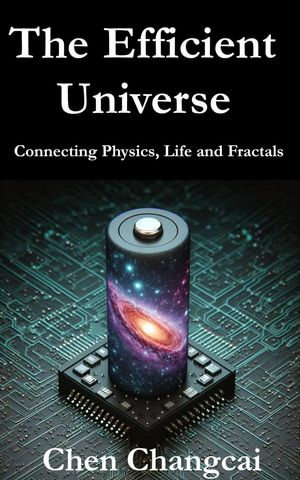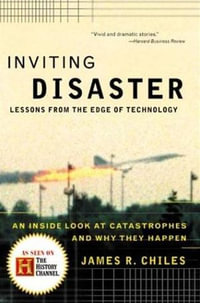
eBOOK
At a Glance
eBook
$12.99
OR
Free with Kobo Plus Read
Start Free Trial *- Subscribe and read all you want.
- $13.99 a month after free trial. Cancel Anytime. Learn more.
Instant Digital Delivery to your Booktopia Reader App
Read on
The Principle of Least Action (PLA) is a fundamental concept in physics that states that the path taken by a system between two states is the one that minimizes the action, which is a specific quantity derived from the system's energy. In classical mechanics, this principle can explain the motion of particles, the behavior of light, and the orbits of planets.
PLA suggests that systems naturally evolve toward configurations that require the least amount of energy, making it a unifying principle across various scales and domains.
Self-Organization
Self-organization is the process by which a system spontaneously forms ordered structures and patterns without external guidance. This phenomenon is observed in a wide range of systems, from the formation of galaxies to the behavior of social groups, and even in the development of consciousness in the human brain. Self-organization is often driven by the need to minimize energy, which can be seen as an extension of PLA. For example, in a flock of birds, each bird adjusts its position based on the movements of its neighbors, resulting in an organized formation that requires minimal energy for the group as a whole. Similarly, in a company, departments self-organize around a central leadership to minimize inefficiencies and maximize productivity.
Entropy
Entropy, a concept from thermodynamics, measures the degree of disorder in a system. As systems evolve, they tend to increase in entropy, leading to a state of maximum disorder or equilibrium. However, in the presence of external energy like the Sun for Earth's biosphere, systems can maintain lower entropy states by self-organizing into more complex structures. This process, again, ties back to PLA, as systems evolve in a way that minimizes energy loss and maintains stability. In this way, life itself can be seen as a dissipative structure that maintains its order by dissipating energy, thus linking entropy and self-organization under the umbrella of PLA.
Evolution
Evolution, particularly in biological systems, is the process by which organisms adapt to their environment over time. Natural selection favors traits that improve an organism's energy efficiency, survival, and reproduction. This can be viewed as a manifestation of PLA, as evolution drives species toward optimizing their biological functions to minimize energy expenditure and maximize survival. However, evolution is not confined to biology. It can also describe the development of technologies, ideas, and even social systems. In every case, the principle of minimizing action or effort is a driving force behind the evolution of systems.
Fractals
Fractals are structures that exhibit self-similarity across different scales, meaning they look similar regardless of the level of magnification. Examples include the branching patterns of trees, blood vessels, and river networks. Fractals are often formed through processes that involve repeated patterns of growth or division, which can be explained by PLA. For instance, the branching of trees minimizes the energy required to transport nutrients from the roots to the leaves. The fractal nature of these systems suggests that they are optimized for efficient energy distribution, aligning with the concept of minimizing action.
Power Laws
Power laws describe the relationship between two quantities, where one quantity varies as a power of another. These laws are observed in various domains, from the distribution of city sizes to the frequency of words in a language, and even in the distribution of wealth. Power laws often emerge from self-organizing systems and fractal structures, which are themselves guided by PLA. The fact that power laws are ubiquitous across different domains and scales suggests a deep underlying principle that governs the behavior of complex systems.
Read on
ISBN: 9798224546916
Published: 20th March 2025
Format: ePUB
Language: English
Publisher: ?Goldenphi























